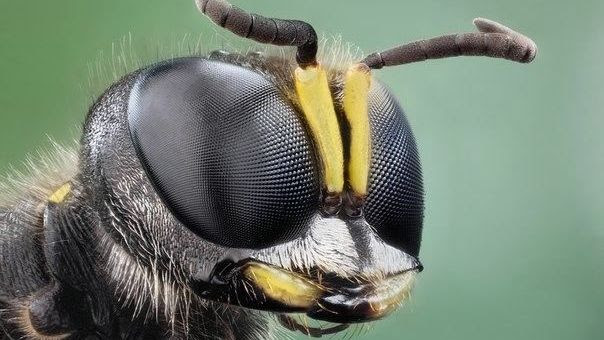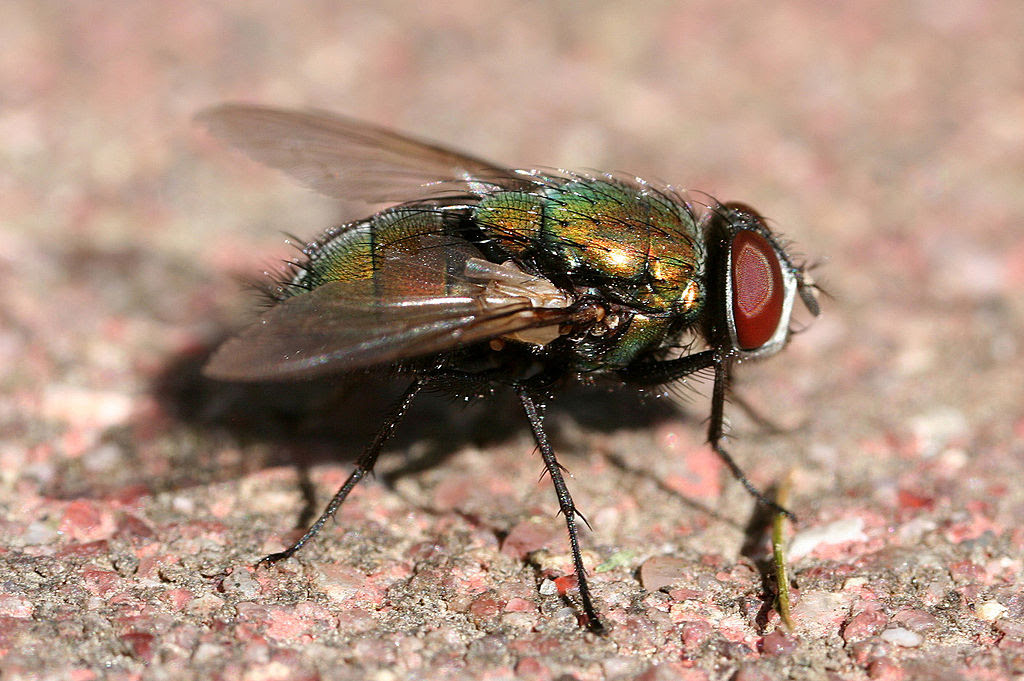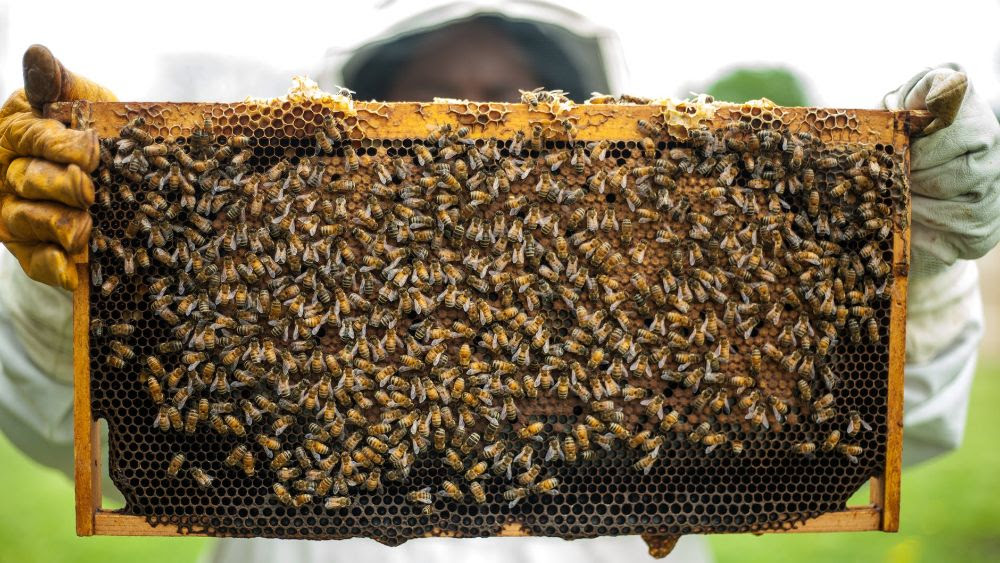Welcome Back to the Lab!
As we fast approach the one-year mark on the worldwide COVID-19 shutdown, and given the truly extraordinary leaps we have made in a relatively short time (although it has certainly felt longer), I thought it would be appropriate to revisit our issue on Bugs in Medicine.
Typically, when it comes to bugs and diseases, our mind immediately jumps to the diseases that are spread by insects. We definitely don’t need more of that in our lives. So let’s talk instead about some of the diseases that insects are helping cure.
A short disclaimer before we jump in: I am not advocating for the abandonment of modern medicine in favor of alternative treatments. There is a lot of controversy surrounding both the pharmaceutical industry and the effectiveness of alternative medicine. This is not an argument for either. This is just a fun look into some of the ways insects have inspired scientists and health care professionals to think outside the box. My ultimate advice? Listen to your health care provider.
If you want to read a more in-depth article about insect compounds and their roles in medicine, please read the following article written by Ross Piper for The Conversation: Drugs from bugs: the next blockbuster medicine could be lurking inside an insect. Ross Piper (the David Tennant look-alike shown at the top of this issue) is an expert in the field of insect ecology. His article goes more in-depth into why scientists once shifted their focus away from natural remedies toward the lab-based, pharmaceutical industry, and why we now have the resources to shift our focus back to nature. It’s an awesome read, and I highly recommend it. When you’re done reading, please do yourself a favor and watch this short clip of Dr. Piper “investigating” a small colony of plant hoppers. Guaranteed giggles.
Wasp Venom

The wasp species Polybia paulista produces a peptide in their venom that attacks the lipid membrane of bacterial pathogens. This peptide causes specific phospholipids to weaken to the point that membrane breaks apart, allowing vital cell contents to essentially leak out. Healthy human cells contain these phospholipids on the inner cell membrane facing in, whereas cancerous cells contain them on the outer membrane facing out. The peptide is able to effectively target the cancerous cells’ lipid membrane, while leaving the healthy human cells in tact.
Blow fly Larvae

Content warning: this one is pretty gross. I’m talking about maggot therapy here, folks. It is exactly what you think it is: using maggots (fly larvae) to eat away dying flesh. Blow fly larvae have repeatedly shown that they are capable of removing necrotic tissue FAR more effectively and efficiently than a surgical operation, to the point that the FDA still approves this procedure today. But the larvae go above and beyond; in addition to removing dead tissue, their secretions have shown broad-spectrum antimicrobial properties. Some studies have even shown evidence of their ability to inhibit and destroy MRSA.
Honey

Honey is truly the tale as old as time. “The first written reference to honey, a Sumerian tablet writing, dating back to 2100-2000 BC, mentions honey’s use as a drug and an ointment. Aristotle (384-322 BC), when discussing different honeys, referred to pale honey as being “good as a salve for sore eyes and wounds”. Manuka honey has been reported to exhibit antimicrobial activity against pathogenic bacteria such as Staphylococcus aureus (S. aureus) and Helicobacter pylori (H. pylori) making this honey a promising functional food for the treatment of wounds or stomach ulcers.” (Asian Pac J Trop Biomed. 2011)
Until next time, thanks for visiting the lab!
Bug Wrangler Brenna
brenna@missoulabutterflyhouse.org